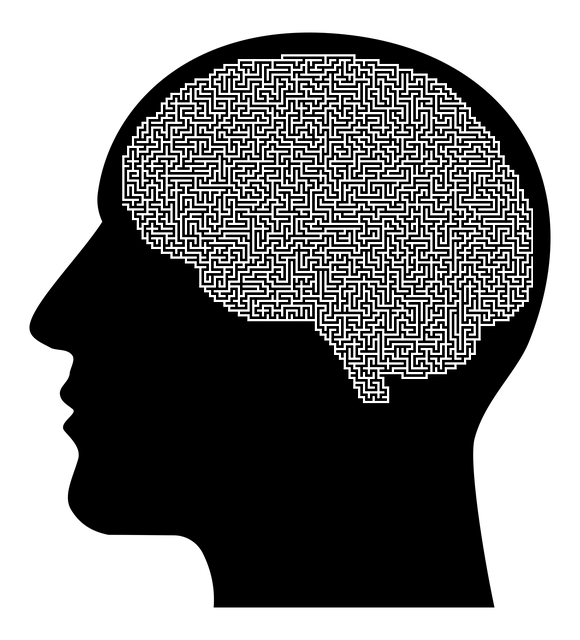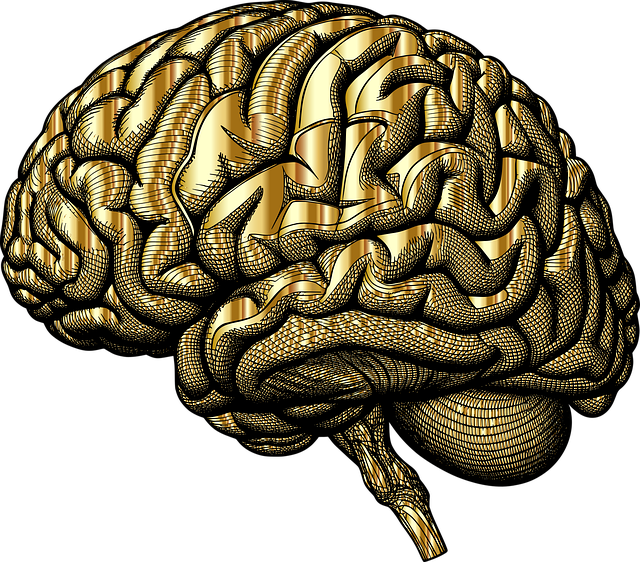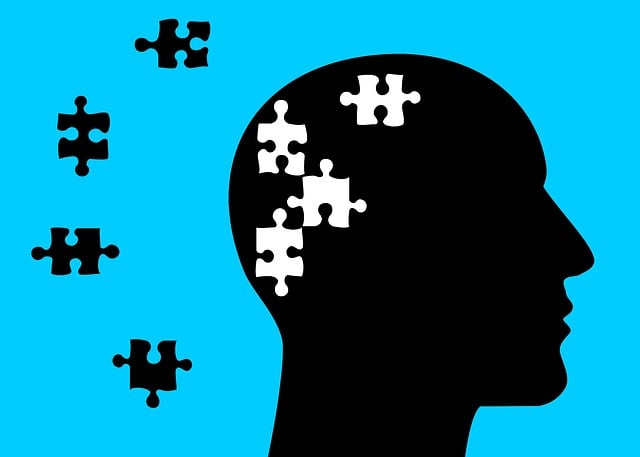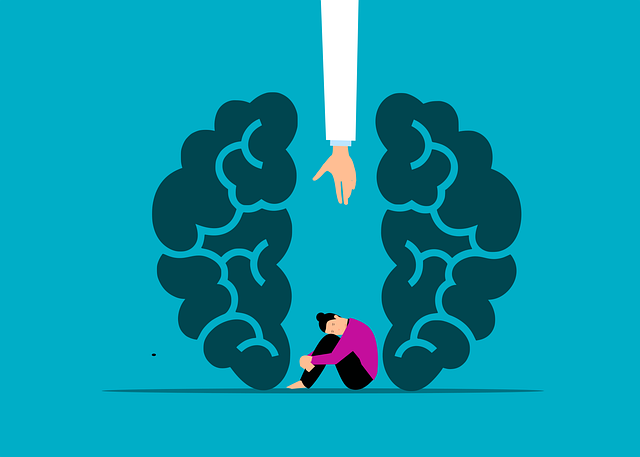Evaluating therapy's impact on young children's mental health is key to effective early intervention. Incorporating American Sign Language (ASL) as a tool, therapists can enhance communication and emotional expression in deaf or hard-of-hearing kids, reducing anxiety and fostering resilience. Using standardized assessment tools and considering emotional intelligence, along with qualitative and quantitative methods, ensures comprehensive evaluations. Integrating ASL into these assessments benefits therapy, enhances cognitive abilities, and encourages social skills development for young children, especially those with hearing impairments.
Mental wellness programs strive to offer comprehensive support, yet evaluating their effectiveness is crucial. This article explores diverse methods to assess the impact of therapy for young children with mental health issues, highlighting innovative approaches like integrating American Sign Language (ASL) into evaluation processes. We discuss standardized assessment tools, qualitative and quantitative measures, long-term tracking strategies, and the importance of community engagement and cultural sensitivity. By leveraging these methods, professionals can ensure tailored, effective interventions for young minds.
- Assessing the Impact of Therapy for Young Children with Mental Health Issues
- – Exploring standardized assessment tools for children's mental wellness
- – Qualitative and quantitative measures: A balanced approach
- Incorporating American Sign Language (ASL) in Evaluation Processes
Assessing the Impact of Therapy for Young Children with Mental Health Issues

Evaluating the impact of therapy for young children with mental health issues is a critical aspect of understanding the effectiveness of early intervention strategies. This process involves assessing both the child’s symptoms and their overall functioning in various areas such as home, school, and social settings. When considering therapy for Young Children, American Sign Language (ASL) can be a valuable tool in mental wellness programs. Trained therapists using ASL sign language therapy can improve communication, reduce anxiety, and enhance emotional expression in deaf or hard-of-hearing children, thereby indirectly contributing to their overall mental health and well-being.
A comprehensive Mental Health Policy Analysis and Advocacy is essential to ensure that evidence-based practices are implemented and sustained. By incorporating strategies like stress management techniques and trauma support services, therapists can cater to the unique needs of young clients. This holistic approach not only targets current mental health concerns but also equips children with coping mechanisms for future challenges, fostering resilience and long-term well-being.
– Exploring standardized assessment tools for children's mental wellness

Standardized assessment tools play a vital role in evaluating mental wellness among children, offering structured methods to gauge their emotional and psychological state. These tools are designed to be reliable and valid, ensuring consistent measurements across diverse populations. For young children, especially those undergoing therapy, such instruments can provide valuable insights into their internal experiences and behaviors. One prominent example is the use of age-appropriate questionnaires that assess symptoms of anxiety, depression, and trauma, enabling professionals to tailor interventions accordingly.
Incorporating American Sign Language (ASL) into mental healthcare practices further enhances these evaluations by addressing cultural sensitivity in mental healthcare. ASL interpreters can facilitate communication with deaf or hard-of-hearing children, ensuring their emotional needs are accurately assessed. Additionally, building resilience through therapeutic approaches aligned with a child’s cultural context promotes better engagement and outcomes. Emotional intelligence, too, is an essential aspect to consider during these assessments, as it helps professionals understand the child’s ability to recognize and manage emotions, fostering healthier mental wellness.
– Qualitative and quantitative measures: A balanced approach

Evaluating mental wellness programs requires a blend of qualitative and quantitative measures to gain a comprehensive understanding of their effectiveness. Qualitative methods, such as interviews and focus groups, provide deep insights into participants’ experiences, perceptions, and emotional responses. These techniques are particularly valuable for capturing nuanced details about therapy for young children, including the role of American Sign Language (ASL) in enhancing communication and emotional expression. By examining participants’ stories and sentiments, researchers can assess the impact on mental health and well-being.
On the other hand, quantitative measures offer a more objective assessment through statistical analysis of data collected from surveys, tests, and observations. These methods help identify trends, correlations, and significant changes in mental health outcomes over time. For instance, measuring anxiety relief or stress reduction methods through standardized tools can provide a quantifiable indicator of program success. Integrating both qualitative and quantitative approaches ensures that the evaluation is robust, capturing both the broad trends and individual experiences within the context of mental wellness programs.
Incorporating American Sign Language (ASL) in Evaluation Processes

Incorporating American Sign Language (ASL) into mental wellness program evaluation methods offers a unique and powerful approach, especially when focusing on therapy for young children. ASL provides an alternative communication method that can significantly enhance the assessment process, particularly for hearing-impaired or non-verbal individuals. By utilizing this language, evaluators gain access to a broader range of cognitive abilities and emotional expressions that might be obscured through traditional verbal means. This is crucial in understanding the mental wellness and social skills development of young children.
The benefits extend beyond accurate evaluation. ASL can serve as an inclusive tool, fostering confidence-boosting interactions between therapists and young clients. It facilitates a more natural and dynamic exchange, encouraging active participation from children who might otherwise struggle with verbal communication. As such, incorporating ASL into evaluation processes not only improves the assessment of mental wellness but also contributes to essential social skills training for this demographic.
Evaluating mental wellness programs, particularly those focusing on therapy for young children with mental health issues, requires a multifaceted approach. By combining standardized assessment tools and qualitative/quantitative measures, we can gain a comprehensive understanding of each child’s progress. Incorporating American Sign Language (ASL) into evaluation processes expands accessibility and inclusivity, ensuring that all children, including those who are deaf or hard-of-hearing, receive the support they need. This integrated method allows for more accurate assessments, tailored interventions, and ultimately, improved outcomes in therapy for young children.














